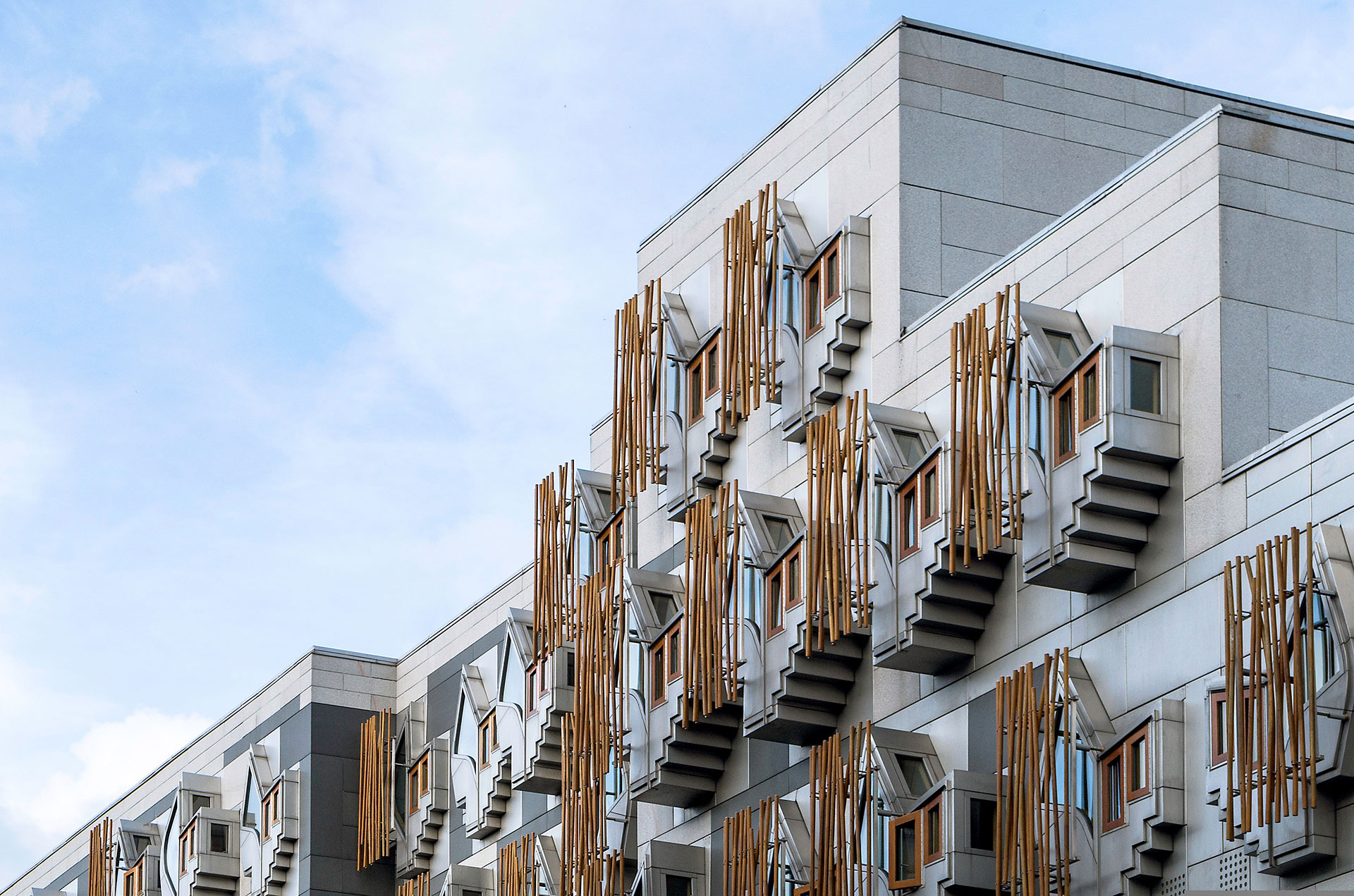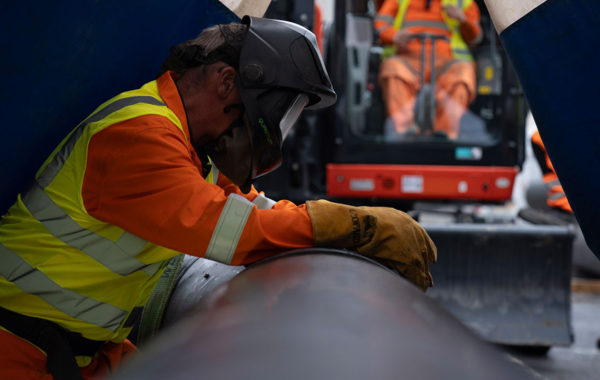In early March, the Scottish Government’s Consultation on the Heat in Buildings Bill came to a close, with the proposed legislation to come into effect later this year. Whilst the proposed bill outlines a number of initiatives and legislation to enforce better energy efficiency of both commercial and residential buildings, there is a lot that pertains to heat networks. So, what does the proposal include?
Proposed legislation around heat networks in Scotland
The Bill acknowledges that heat networks are one of the main options that the government plans to make available to commercial and residential building owners. And whilst there are only 1,000 heat networks active in Scotland, with 30,000 homes and 3,000 non-domestic premises connected at this point, the Government plans to attract external investment and work with local authorities and the private sector to increase this number.
As well as improving the infrastructure, a range of legislations have been proposed to increase uptake, such as:
- Provide local authorities and the Scottish Ministers with powers to require buildings within a Heat Network Zone to end their use of polluting heating systems (by a certain date, and with a minimum notice period).
- Any buildings within a Heat Network Zone will not need to meet the Heat in Buildings Standard following a property purchase. This is to preserve the business case for a new heat network development by ensuring that buildings which are likely to connect are not forced to adopt another system before time.
- Provide powers to local authorities or the Scottish Ministers that require developers to connect new buildings within Heat Network Zones to a heat network.
To make the most of flexible energy sources within heat networks, the Bill also includes legislation that proposes:
- Occupiers of non-domestic properties must provide information about unused heat on their premises (on request and in confidence); and
- Potentially require buildings with unused heat to provide this to a local heat network (where that would be cost-effective).
From this Consultation it’s clear that district heating is set to become a significant tactic, which the Scottish Government will use to hit its net zero targets. With the pool of green energy specialists still relatively small in comparison to the scale of the challenge – this will undoubtedly provide opportunities for practitioners up and down the UK.
For more information about the bill and legislation detailed therein, you can view the Past Consultation page here. Or to see similar legislation for England and Wales, read our article here.






